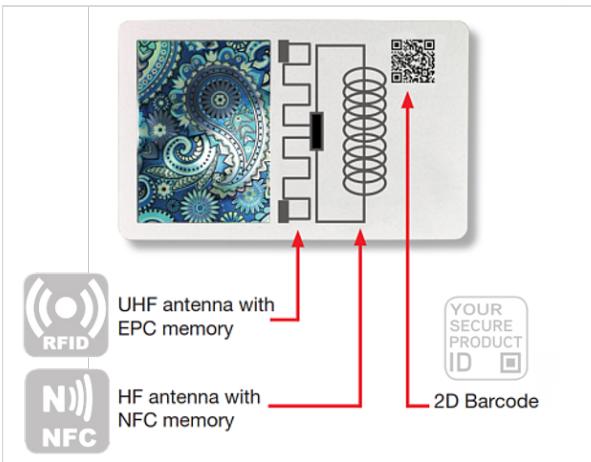2.3 Nuclear and other analytical techniques
2.3.1 Focus on portable devices Technology submission 7 Food analysis has to consider the thousands of ingredients and additives with different chemical compositions, as well as how different food manufacturing processes affect them. The existing portable devices can essentially be grouped into two categories: 1) devices to specifically analyse one or a few analytes and, 2) devices that generate fingerprint profiles, which are typically used for screening analysis. The increasing number of analytes make it practically and economically impossible to test for every single compound in a targeted analysis. However, there is a different approach known as non-targeted analysis also referred to as untargeted, in which the analytical technology does not test for specific compounds but generates composition fingerprints. Typical fingerprints for ingredients are stored in databases. Sample fingerprints are then compared with the typical fingerprints stored in the database. Variations proven to be statistically different from the typical profile are called abnormal samples. One of the main advantages of non-targeted analysis is the fact that one can potentially discover new adulterants that were previously unknown, simply based on an aberration of the spectrum. The aberration is then investigated to identify the cause of it. The cause for the abnormality is often not known in non-targeted analysis, requiring additional analytical investigation with targeted methods to identify the identity of the compound(s) causing the deviation. Yet, most of the devices have the algorithms already adjusted to detect some of the compounds based on their spectrum. The technology enables the so-called Smart Sampling, a procedure where the decision of which sample to take is supported by a device (e.g., a portable NIR or RAMAN spectrometer). The approach consisting of a portable device allows the stakeholders to perform an on-site screening of the product. Screening locally would provide a quick detection of products with deviating profiles, allowing the examination of a larger quantity of products with aberrant profiles. Samples would then be taken from those products and sent to the laboratory for confirmatory analysis. This would identify the substance causing the deviation, i.e., the potential adulterant. Cases of Smart Sampling can be observed in different situations. The portable device can perform a Near Infrared (NIR) analysis, which is a spectroscopic technique that uses the naturally occurring electromagnetic spectrum. NIR is considered an accurate and rapid analysis method that is adequate for the quantitative determination of the main constituents in most types of food and agricultural products. For example, it can be used to test the freshness of fruit, to differentiate farmed from wild fish, or to identify a variety of types of a product, such as rice. Furthermore, the mid-infrared portable spectrometer is another type of device that can be placed in any location with a fairly small footprint to perform an analysis on the composition of food. This is not a handheld-point device, but it can be placed on a table at a factory site. As an example, this device can be used to perform a trans-fat analysis. Another possible option is to adopt a multi sensor approach, where different techniques are applied to perform a comprehensive study of the product. In this case, a combination of sensors measures fluorescence, visible and UV light, as well as light in the near infrared range. This can be used to determine the authenticity of the product, e.g., the authenticity of extra virgin olive oil. These devices do not require a scientist to operate them nor to read the results, facilitating the implementation of these technology options. Moreover, they will enable a risk-based sampling (Smart Sampling). The advent of these decision-support devices will ultimately shift the first line of analytical defence from laboratories to the food manufacturing sites, enabling risk-based sampling that will contribute to identifying quality issues and adulteration at an earlier stage than is now possible. Submission received from FOCOS.
62











